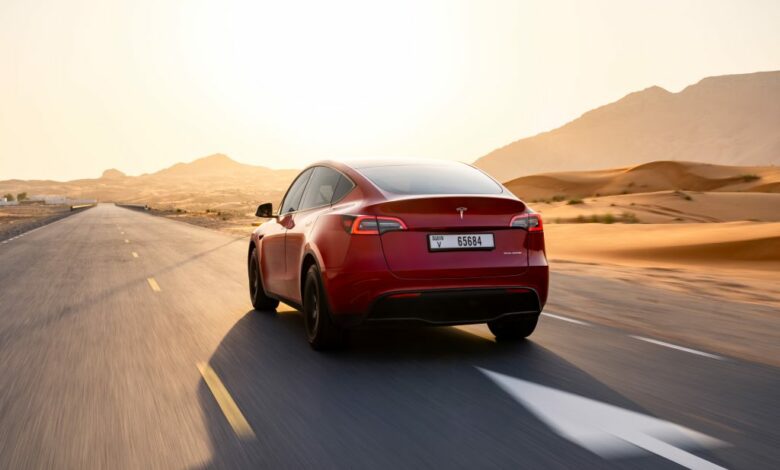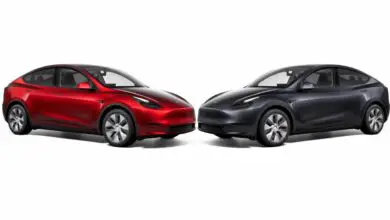Cool Advantage: Tesla’s Battery Study Reveals Cold Climates Are EV-Friendly
Unveiling how Tesla vehicles thrive in cold weather, dispelling myths about electric vehicle range loss.

Electric vehicles (EVs) often face criticism for their reduced range in cold weather, but a recent study focusing on Tesla vehicles reveals a surprising twist – cooler regions may actually be advantageous for an EV’s battery in the long run.
On Monday, Recurrent Auto released findings from an extensive study demonstrating that Tesla vehicles operated in cold climates exhibit superior average range performance compared to their counterparts in hot climates, as reported by electrek. This comprehensive study analyzed data from over 12,500 Tesla vehicles across the United States, utilizing information accessible through Recurrent’s software. While the study observed this phenomenon across various Tesla models and model years, the most significant improvements were observed in the Model Y. Specifically, Model Y units from the 2020 model year displayed average range scores of 95 in colder climates and 92 in warmer climates, as illustrated in the infographic below. Researchers assigned range scores to Tesla vehicles to gauge how much of the EV’s original range was retained at the time of the study. For instance, a Tesla with a range score of 90 would still possess 90 percent of its initial range. Furthermore, the study employed the U.S. Department of Energy’s climate designations, including “hot,” “cold,” and “marine.”
As for the rationale behind exclusively studying Teslas, Recurrent pointed out that they are the most prevalent EVs on the market, yielding a wealth of data. Additionally, they highlighted Tesla’s battery thermal management system as a crucial factor in safeguarding the battery’s long-term health. According to Recurrent, environmental heat introduces excess energy into an EV battery’s electrochemical reactions, hastening undesirable chemical reactions that contribute to battery aging. The study also underscores that 86 degrees Fahrenheit (30 degrees Celsius) is generally regarded as the threshold for accelerated battery degradation.
While temporary range loss can occur in colder climates due to increased energy consumption for cabin heating, Recurrent asserts that this is short-lived. Unlike heat’s electrochemical impact on an EV battery, which accelerates aging, the battery’s range will rebound as temperatures rise.
Recurrent offers in-depth insights into the impact of heat on long-term battery degradation here and the short-term effects of environmental heat here.
Despite these findings, there are measures Tesla owners in warmer climates can take to extend their battery’s lifespan. Parking in shaded areas or garages can help mitigate excessive battery heating when exposed to sunlight. When parking in the sun is unavoidable, Recurrent recommends charging the battery only up to approximately halfway, as the battery exhibits greater stability at this level.
Whether purchasing a new or used EV, buyers may also want to consider vehicles equipped with newer lithium iron phosphate (LFP) batteries, renowned for their resilience in hot climates. Prospective buyers of used EVs should take into account how the vehicle was stored and utilized by its previous owner.
Lastly, researchers strongly advocate for owning a car with an active thermal management system, which should be kept plugged in when not in use. According to Recurrent, this enables the vehicle to initiate battery cooling at lower temperatures compared to when it’s unplugged.



